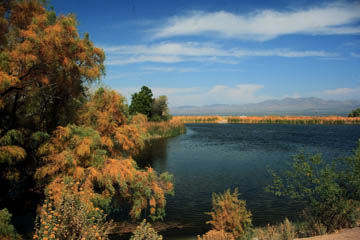[Source: KVOA.com] — On Monday the state parks board meets. The chairman says it’s the most important meeting in its 50 year history. The board will determine the operating budget, strategic plan for the next 3 years, and most importantly whether the parks can remain open. Arizona has 30 state parks. The state’s parks board oversees the state historic preservation office. And gives out grants to communities for all types of outdoor recreation.
So they need $27 million to operate the agency and it looks like the budget will be cut in half. If parks are forced to close some say the impact will be felt throughout the community. [Note: To read the full story, click here]

